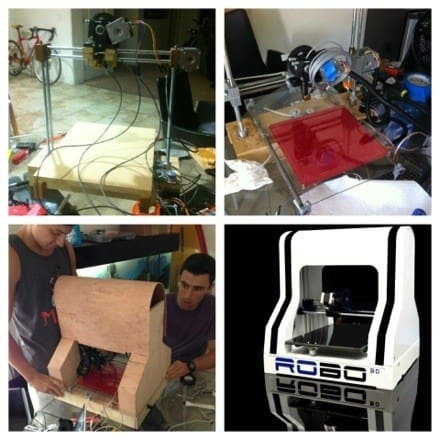Time was, people recognized that there were threats to our way of life. They created propaganda to educate and persuade the American people. These days, we are bombarded on a daily basis with propaganda. Lies become truths if they are told enough times. Personally, I pine for simpler times when it was ok to call the enemy evil.
I’ve always wanted to be a propagandist, but I picked the wrong line of work (insert snarky comment here). One day, the enemy will go too far and we’ll see them painted in a light like this.
I’m sure this post will get some of you all worked up. I say, bring it on. The nazis were evil and today, evil still lurks in this world. Some of it has a lot in common with those nazis my grandparents defeated.
Thanks RYP for the find!



















































































































